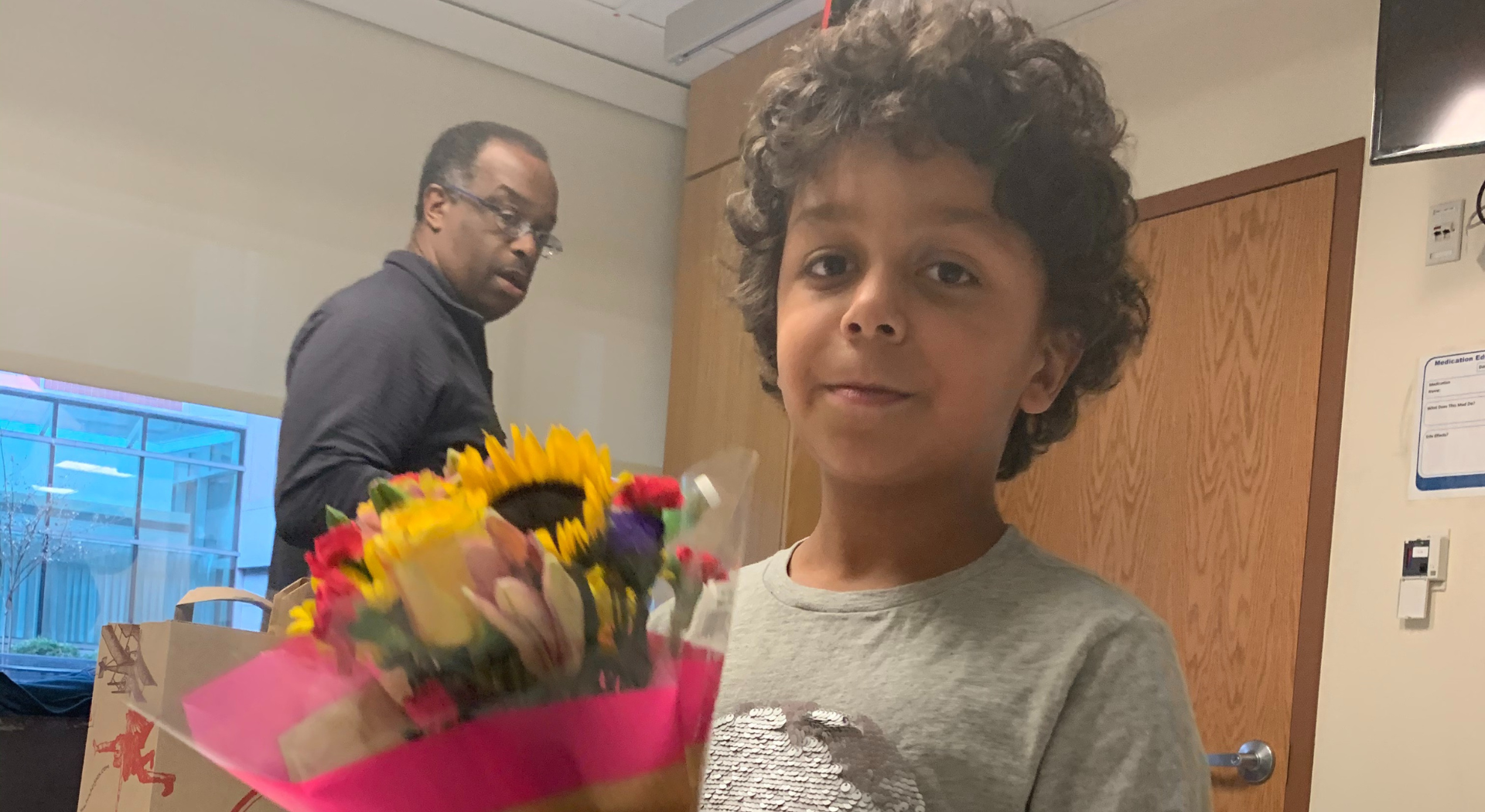The National Institute of Health (NIH) defines financial toxicity as:
“…a term used to describe problems a patient has related to the cost of medical care. Not having health insurance or having a lot of costs for medical care not covered by health insurance can cause financial problems and may lead to debt and bankruptcy. Financial toxicity can also affect a patient’s quality of life and access to medical care.
For example, a patient may not take a prescription medicine or may avoid going to the doctor to save money. Cancer patients are more likely to have financial toxicity than people without cancer.
Also called an economic burden, economic hardship, financial burden, financial distress, financial hardship, and financial stress.”
Also called “well duh.”
Seriously though, it is great that the problem has been identified and named. That’s the first step to fixing it. But cancer patients and their families already know this. They live it every day. On top of all the other -ectomies cancer offers, don’t forget the inevitable cashectomy.
Health Insurance is a Must
Without insurance, obviously, the cost of cancer care is astronomical, but even with a good insurance plan, the related costs can be staggering. Cancer’s expensive, so meeting a plan’s deductible is often easy. But after that, even the best insurance demands some percentage of costs. And even ten percent of Mt. Everest is still quite a big hill.
The next potential relief is hitting an insurer’s annual out-of-pocket limit, so most well-insured cancer patients basically just spend right up to their limit. Sometimes for years. And of course, without health insurance, every single cost is “out-of-pocket,” and there are few limits.
Health coverage is important, but it doesn’t pay the million little costs that come — like another unwanted side effect — with cancer. Right at the moment that a family’s money is earmarked for medical bills, they find themselves spending Disney-vacation-level sums on things like childcare, transportation to and from a million appointments (and the time off from work to go), co-pays, coinsurance, restaurant and takeout meals, hotel rooms near hospitals, home medical equipment, prescriptions, and on and on.
Since screening for and worrying about recurrence is a feature of survivors’ lives, this annual financial burden continues for years of meeting and exceeding deductibles. That’s a lot of not going to Disney World. Or more likely, not saving for a home, college, or retirement. The whole family suffers.
Quantifying Financial Distress
Because so much of “financial distress” is subjective, it’s hard to quantify. Still, a pretty large retrospective study of 197,840 people diagnosed with cancer in Washington State found that those with cancer were 2.65 times more likely to declare bankruptcy than their peers without cancer (3.8 times for lung cancer). Some cancer survivors report spending more than 20% of their annual income on medical care. Studies of cancer survivors suggest that between 33% and 80% of the survivors have used savings to finance medical expenses.
Not surprisingly, people who went into cancer with precarious finances and few assets face the most financial toxicity from these mounting costs. In historically under-insured Brown and Black communities, up-front costs, co-pays, and high deductibles force patients to avoid routine care, making early cancer detection more difficult, and adding insult to injury.
Financial toxicity can be severe for people diagnosed at a young age, especially if time is lost in crucial stages of career-building, and opportunities to save for the future are diverted to medical costs. At the other end of the demographic spectrum, older people with cancer, who may have already depleted their savings and assets and live on fixed incomes, face especially difficult financial options.
Of course, the stress levels induced by all this financial worrying are terrible for a recovering patient’s well-being, and for their families. How on earth can a person breathe deeply and be in the moment, when at THAT moment they have 68 dollars in their bank account?
Finding ways to ease the financial (and accompanying emotional) burdens on cancer patients and their families benefits cancer care for patients at every stage. Imagine if patients could worry less about affording their medications, and more about remembering to take them.
 If you need help navigating the practical and legal issues that arise after a cancer diagnosis, we encourage you to reach out to our friends at Triage Cancer.
If you need help navigating the practical and legal issues that arise after a cancer diagnosis, we encourage you to reach out to our friends at Triage Cancer.







